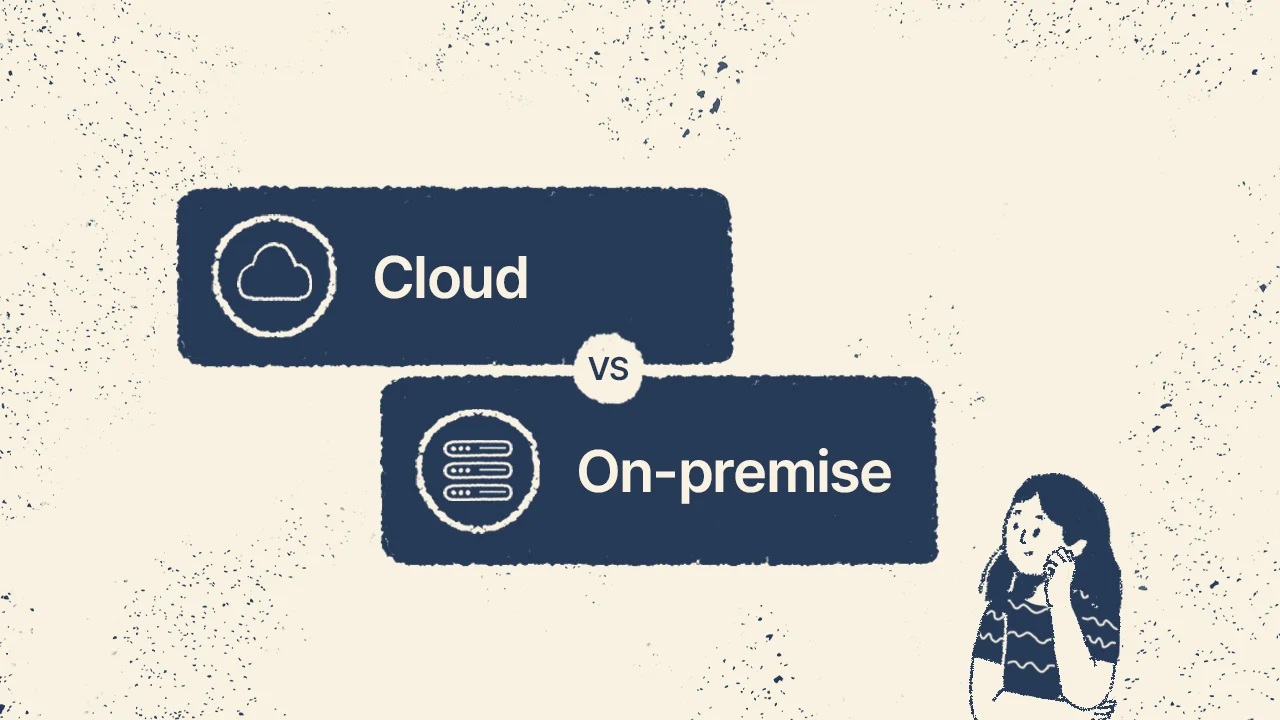Enterprise organisations are still busy discussing the pros and cons of cloud software, while trying to keep their data and services under control.
The physical presence also requires hardware, for setting a server in place. Therefore you need to buy server hardware, install some IT management tools, create infrastructure, power up the machine and undertake some necessary maintenance payment. This effort requires much more time and costs compared with the cloud environment.
Scalability
In IT terms, scalability means an IT system, software application or process whose capacity or performance can increase to accommodate growing volumes of work without degradation, as well as hardware components’ capacities to accommodate more data processing or users. Scalability in systems involves distributing traffic horizontally across multiple servers or instances to improve performance and fault tolerance, and may employ load balancing to make it less likely that a server or instance becomes overloaded and causes an outage. In contrast, horizontal scalability describes solutions that increase the number of individual hardware pieces to fulfil higher workloads. Because the utility of cloud environments lies primarily in their networking capabilities, horizontal scaling is particularly relevant to these common platforms. In this regard, scale-out becomes easier: IT teams working within cloud platforms can spin up more disk storage or servers when tight demand dictates.
Flexibility
Flexibility is also one of the key advantages of cloud software for businesses. Rather than having to expend a large capital sum on tangible hardware, software licensing, upgrades and support services are covered in a monthly fee leaving more of the budget to be spent on achieving business goals instead of unnecessary infrastructure costs. Third parties host your solutions in the cloud and deliver them across the internet – removing some work from your IT staff, and providing an off-site layer of security. Information backup in data centres all over the globe keeps your data closer to the people and machines using it, reducing latency and increasing availability by shortening the distance data must travel. With cloud-based EDI software, data is available anytime there is an internet connection, allowing employees to work when it’s most convenient and improving collaboration.
Security
For on-premise software, that allows you to handle the data and hardware system maintenance drilling down to the small disciplines. On-premise software solutions have the ability to be upgraded without any interruption in the process, such as black-outs from an internet provider or servers not handling load. The cloud approach can offer greater security, which is held to higher protocols linking it to a secure global network while the subscription basis means that businesses pay-as-you-go. Cloud software designing can be also done instantly through the internet in a matter of hours and days. But also, to prevent latencies and performance problems, you need international speed of the internet; to do so right. Because of this when you choose a cloud computing provider, you need to look into the open standards for cloud computing.
Customization
Although cloud software boasts more flexibility in terms of scalability and convenience, the company that uses the on-premise solutions can customise the platform to their preferred hardware and software platforms resulting in lowering the total cost of ownership (TCO). In addition to the increased security that on-premise systems offer by not depending on a third party to store data offsite, they also contain valuable information for a variety of companies, from those dealing in highly sensitive data to those involved in industries with strict regulations. Well, while both have many advantages, it’s essential to evaluate the business requirements before choosing an on-premise solution as opposed to a cloud-based one.
- Enquire if your pocket allows one or not
- Ascertain if there is an opportunity for expansion
- Understand the security standards
- If any legal or compliance to meet
- Level of customization
- Check out IT expertise and IT resources in the business.
However, irrespective of one’s choice, on-premise or cloud, seeking some form of consultation on information technology would be advantageous.
Cost
Typically a subscription model, cloud solutions may cost less in the long term, although up-front costs for setting up hardware and infrastructure is often higher. For those who place immense value on safety and availability of their data, proprietary, on-premises software tends to be the most ideal arrangement. No longer do you rely on external servers – and, with local hosting, you retain full control over whatever hardware and software platforms you choose, able to track and oversee them against your most stringent needs and policies. If your team has the workforce available and in immediate proximity, on-premise software will (also) do: it doesn’t need internet connectivity or third-party vendors, and will continue to function when updates or other system changes are made, since IT staff will be on premise. Support is always there. Figuring out the most effective solution requires an assessment of what assets you’ve got at hand.


